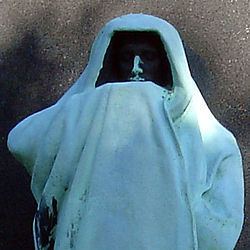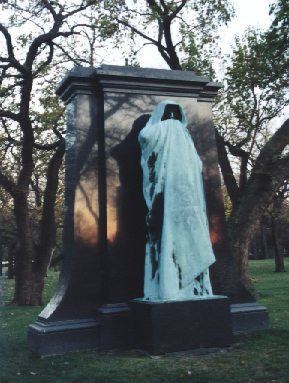Built 1909 | Built by Jules Bercham Opened 1909 Added to NRHP 18 January 2001 | |
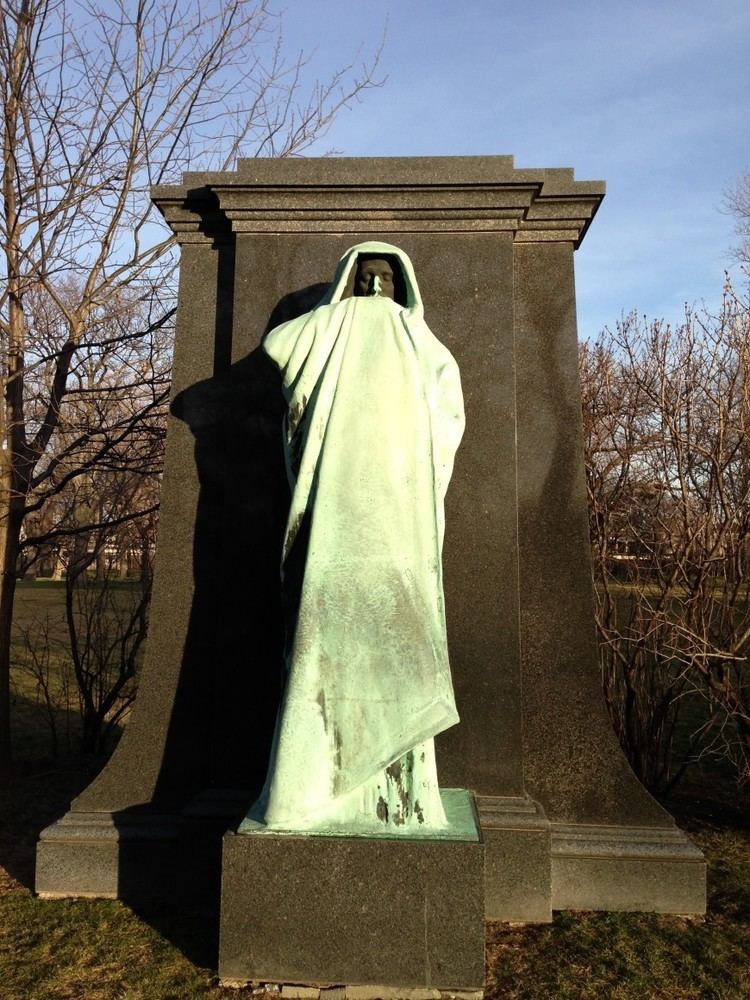 | ||
Similar | ||
Eternal Silence, alternatively known as the Dexter Graves Monument or the Statue of Death, is a monument in Chicago's Graceland Cemetery. It is a bronze sculpture set on and backdropped by black granite. It was created by American sculptor Lorado Taft in 1909.
Contents

History
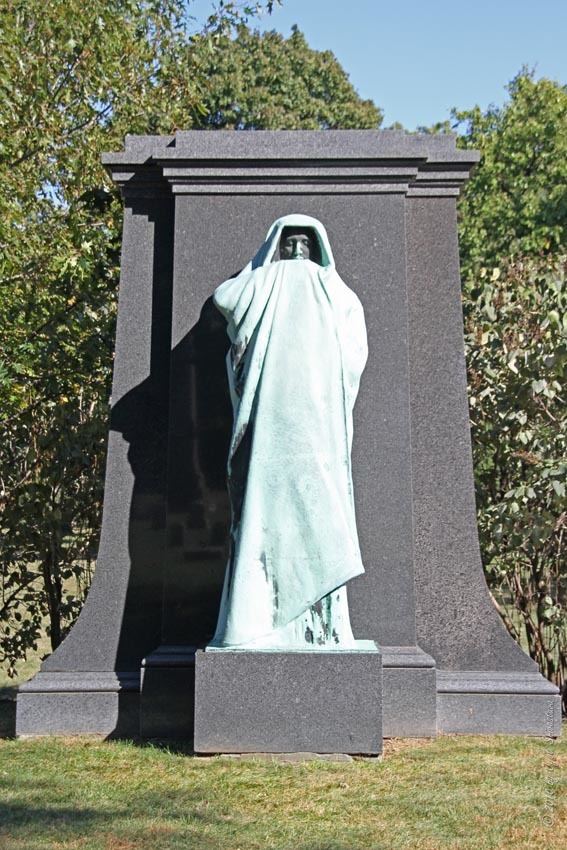
Eternal Silence is a monument in Graceland Cemetery to Dexter Graves, who led a group of thirteen families who moved to Chicago from Ohio in 1831. He died in 1844, seventy-five years before the creation of the statue, and sixteen years before Graceland Cemetery was founded; his body was presumably moved to Graceland from the old City Cemetery where Lincoln Park now stands The funds for the monument were provided in the will of his son, Henry, who died in 1907. The will provided $250,000 for a Graves family mausoleum or monument, as well as $40,000 for the construction of a monument to Ike Cook, Henry's favorite race horse, which was to stand in Washington Park alongside a drinking fountain for horses. The horse monument never seems to have gotten beyond having a model built, but it was to stand in roughly the same spot where another Taft piece, Fountain of Time, was built in 1920 featuring a hooded figure very similar to the one in Eternal Silence. In Ada Bartlett Taft's 1946 Lorado Taft; Sculptor and Citizen, it was listed as one of his most important works. Images of Eternal Silence have been used in other artworks, including works by Claes Oldenburg. One folktale claims that if an unsuspecting viewer were to look into the eyes of Eternal Silence's hooded figure, the viewer would be shown a vision of his or her own death.
Design
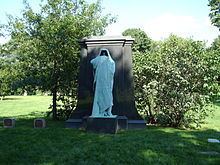
Eternal Silence has been called "eerie", "somber", "grim-looking", "mysterious", and "haunting". The bronze figure, based on traditional depictions of the Grim Reaper, is set against a black granite base and stands 10 feet (3.0 m) tall upon that base. The black granite provides contrast for the bronze statue, which is heavily oxidized because of its age. The cemetery used to shine the statue to return its true bronze patina but received many complaints and requests to return it to its more dramatic green sheen. It now keeps it in its preferred oxidized state. The hooded figure was influenced by Taft's own "ideas on death and silence". Historically speaking, the figure in Eternal Silence is related to the sculpted funeral procession around the tomb of Philip the Bold in Dijon, France and the Adams Memorial by Augustus Saint-Gaudens in Washington, D.C. The statue is considered famous and has been noted as Graceland Cemetery's most "unforgettable" monument. The monument was designed by Taft and cast by Jules Bercham. On its base, Taft inscribed the north side with his signature; the south side is inscribed with Am. Art Bronze Foundry J. Bercham -Chicago-. The monument falls within Art Nouveau style.
